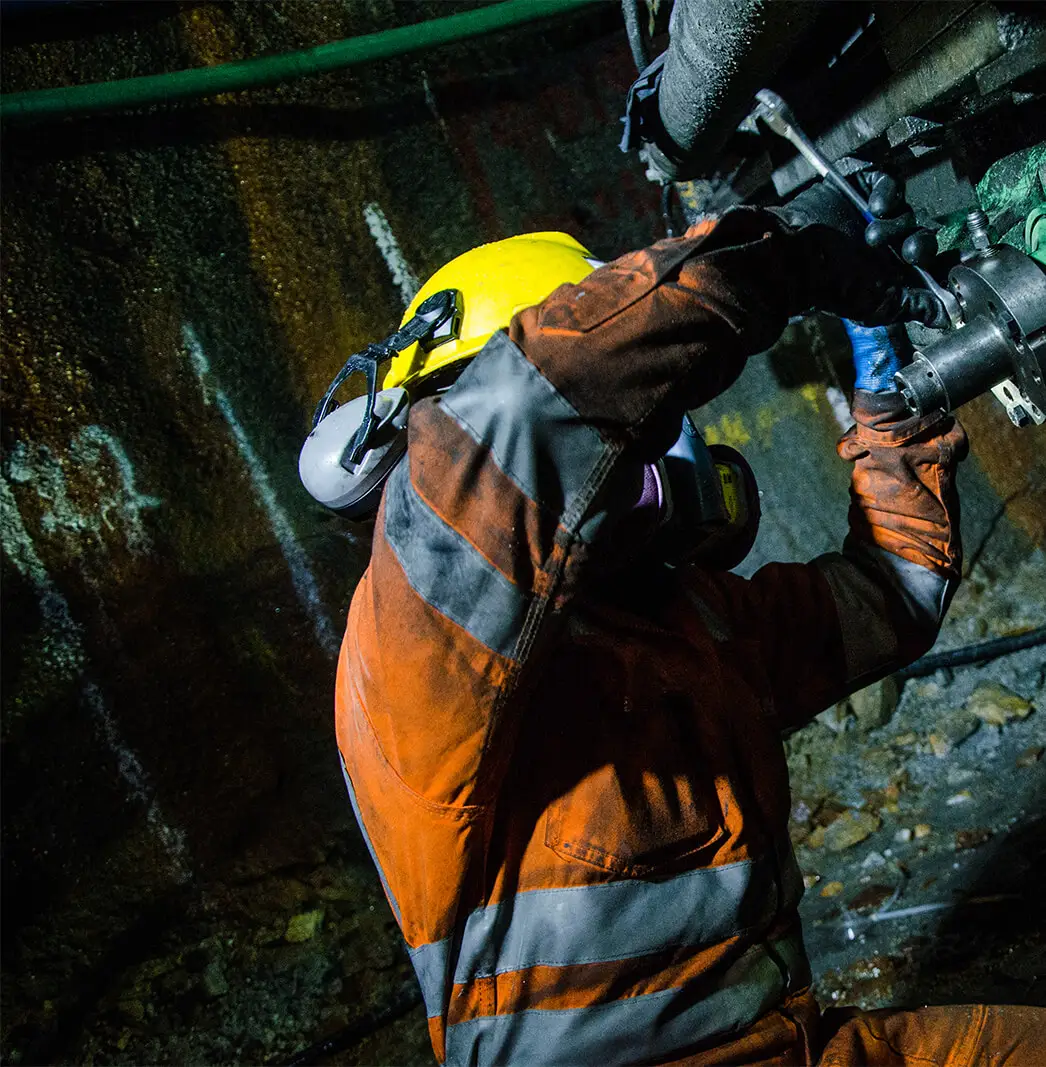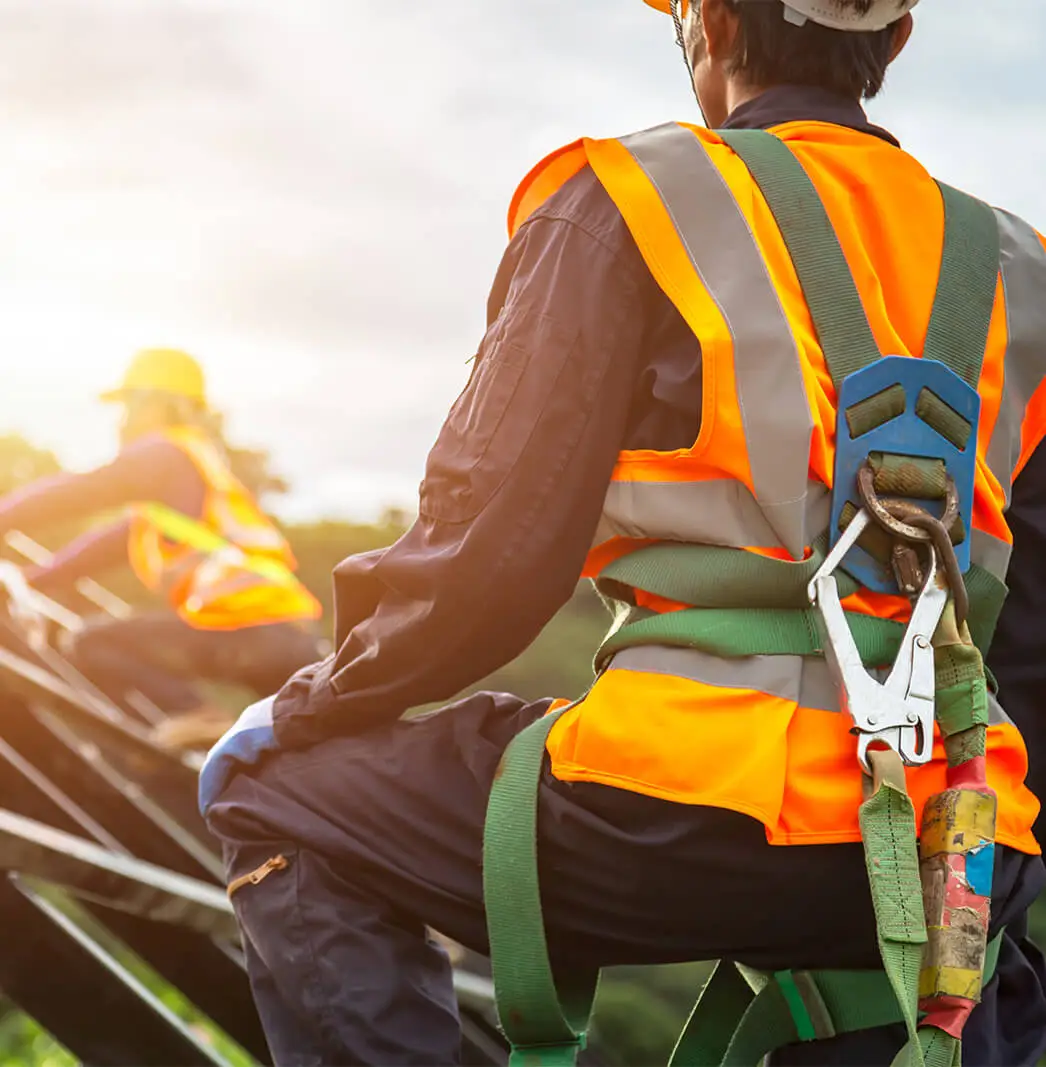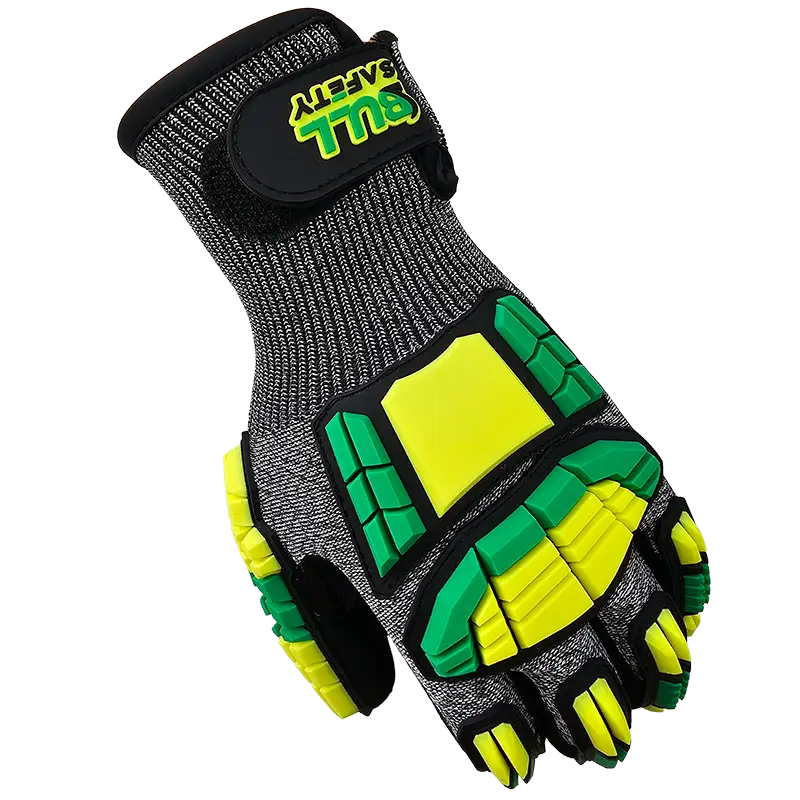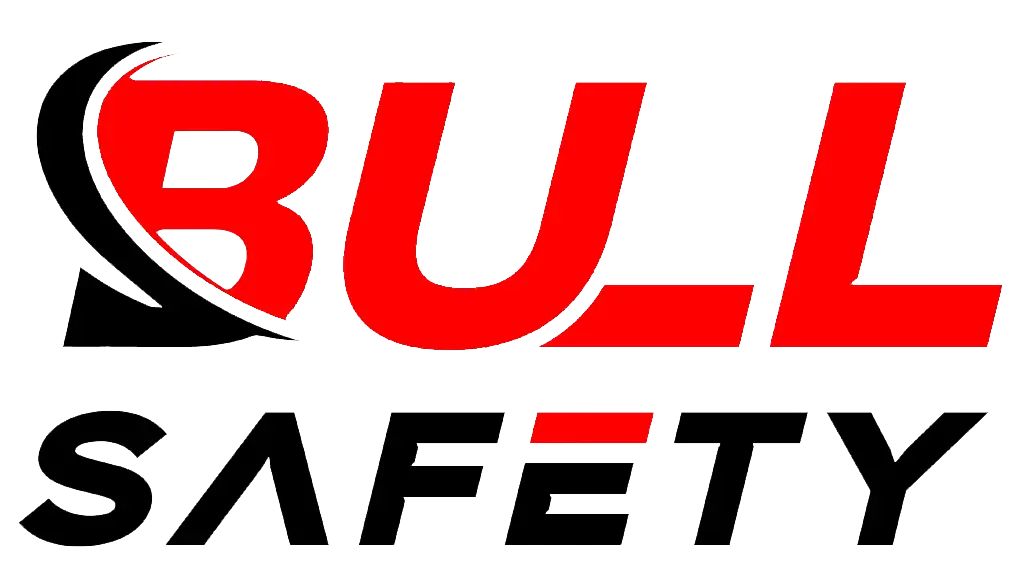
Mining is one of the most physically demanding and hazardous professions. Workers are exposed to a variety of dangers, from sharp rocks to extreme temperatures, making proper protection essential. One of the most important protective gear for miners is gloves. But not all gloves are created equal—mining gloves must be durable, resistant to abrasion, and provide protection against cuts and impacts.
Mining gloves are designed to protect workers’ hands from the harsh conditions found underground or at mining sites.
These gloves are essential for ensuring safety while handling tools, equipment, and raw materials in dangerous environments. Let’s dive into the different aspects of mining gloves and their role in miner safety.
I believe mining gloves are crucial in protecting miners’ hands, especially those designed for abrasion resistance, cut protection, and impact resistance. Over time, the right gloves can make a huge difference in reducing injuries and improving work efficiency in such a high-risk environment.
Why do miners wear gloves?
Why do miners wear gloves? The main reason is protection. Miners’ hands are exposed to a wide range of hazards, from sharp objects to chemical exposure and extreme temperatures. Without gloves, workers would be at risk for cuts, bruises, burns, and other serious injuries.
Miners wear gloves to protect their hands from sharp edges, rough surfaces, and hazardous materials found in the mining environment.
 Heavy-duty gloves are necessary when handling sharp objects, operating heavy machinery, or working in environments with elevated cut risks.
Heavy-duty gloves are necessary when handling sharp objects, operating heavy machinery, or working in environments with elevated cut risks.
Mining gloves are crucial because they serve as a barrier between the miner’s hands and the environmental risks that surround them. Whether it’s handling rough rocks, dealing with toxic chemicals, or protecting against extreme temperatures, gloves are designed to offer multi-layered protection for the hands.
Protection Against Cuts and Abrasions
Mining environments are full of sharp objects, from rocks and ores to metal tools. Gloves made of materials like Kevlar, HPPE, or leather provide protection against these hazards. Cut-resistant gloves prevent miners from getting injured when handling rough or jagged materials.
Kevlar, for example, is a material known for its high strength and resistance to cuts. It’s often woven into gloves to enhance their cut protection. Similarly, HPPE (High-Performance Polyethylene) fibers are lightweight yet incredibly strong, offering a strong defense against abrasions and cuts without compromising dexterity. Leather gloves, though heavier, are often used for high abrasion jobs like digging and handling heavy tools.
Impact Resistance
Miners are also at risk of hand injuries from impact, especially when using heavy equipment or handling large objects. Impact-resistant gloves, often equipped with TPR (thermoplastic rubber) or foam padding, help absorb shocks and prevent bruises or fractures. These gloves are designed to offer protection from heavy, sudden impacts that could otherwise cause severe injury.
TPR padding is a common feature in the palms, knuckles, and fingertips of impact-resistant gloves. This material is highly effective at absorbing shock from tools or heavy debris that may fall onto the miner’s hands.
Chemical Protection
In some mining operations, miners are exposed to hazardous chemicals. Gloves made from rubber or nitrile offer a protective barrier to prevent chemical burns or irritation from substances like oil, fuel, and industrial solvents.
Rubber gloves, in particular, are highly effective at providing a waterproof barrier. They’re commonly used in areas where miners work with chemicals or oils, as they prevent harmful substances from coming into direct contact with the skin. Nitrile gloves, a synthetic rubber material, are also commonly used in mining operations that involve chemical exposure due to their high chemical resistance.
Grip and Dexterity
A miner’s ability to grip tools and machinery is crucial for their safety and efficiency. High-quality mining gloves are designed to provide a firm grip while maintaining flexibility. Materials such as latex or PU coating are often used to ensure that gloves are both durable and functional in all conditions. Gloves with textured palms or coated fingers can help miners hold onto slippery tools, preventing accidents.
Grip is essential for workers using machinery or handling tools in wet, slippery conditions. Gloves that allow for precise movement while offering a firm grip are critical for ensuring that tools are used safely without slipping.
Table 1: Key Protection Features in Mining Gloves
| Feature | Protection Type | Materials Commonly Used |
|---|---|---|
| Cut Resistance | Prevents cuts from sharp objects | Kevlar, HPPE, steel fibers |
| Impact Resistance | Absorbs shocks and prevents bruises | TPR padding, foam layers |
| Abrasion Resistance | Protects against rough surfaces | Leather, aramid fibers |
| Chemical Resistance | Shields hands from harmful substances | Rubber, nitrile, PVC |
| Grip and Dexterity | Ensures a firm, secure hold | Latex coating, silicone, PU |
Do mining gloves work on ore veins?
Do mining gloves work on ore veins? The answer depends on the glove’s material and design. While gloves help protect miners from injuries, they are not meant to completely prevent the wear and tear caused by working with ore veins.
Mining gloves can protect against abrasion and cuts from ore veins, but they are not invincible. Proper glove care and the right selection are key.
Mining gloves must be designed to handle the specific challenges posed by ore veins. These challenges include not only physical wear from sharp rocks but also the need for gloves that can withstand prolonged exposure to wet, harsh environments.
Abrasion Resistance
Mining gloves made from materials like Kevlar or aramid fibers offer excellent abrasion resistance, making them effective at protecting hands when working with rough ore veins. These gloves can withstand prolonged contact with sharp, jagged surfaces without showing significant wear. Abrasion resistance is one of the most critical features for mining gloves because ore veins often contain rough, jagged rock that can quickly damage weaker materials.
However, even abrasion-resistant gloves need to be inspected regularly. Prolonged use in the harsh conditions of ore veins can still wear them down, especially if they aren’t designed to endure constant friction from rocks and debris.
Cut Resistance
When miners work with ore veins, sharp edges and rocks can lead to severe cuts. Gloves with cut-resistant layers, such as steel fibers or HPPE yarn, are designed to protect the hands from such risks. While gloves can’t completely eliminate the possibility of cuts, they significantly reduce the likelihood of serious injuries. The cut-resistance properties of these gloves make them ideal for handling jagged rock surfaces that would otherwise easily tear through ordinary fabric.
Additionally, modern mining gloves often include anti-puncture technology, which adds an extra layer of protection against sharp objects and sharp-edged minerals that could puncture through weaker gloves.
Durability and Maintenance
While gloves work well for protecting hands, their durability can decrease over time, especially when exposed to harsh conditions like wet environments, sharp rocks, or constant friction. Regular maintenance, like washing and inspecting gloves for damage, is essential to ensure they continue offering maximum protection.
It is important for miners to check their gloves regularly for signs of wear, such as small cuts, holes, or thinning material. If gloves begin to lose their protective qualities, they should be replaced to avoid injury.
Table 2: Durability of Mining Gloves
| Glove Type | Material Used | Durability in Harsh Conditions |
|---|---|---|
| Cut-Resistant Gloves | Kevlar, HPPE, steel fibers | High |
| Abrasion-Resistant Gloves | Leather, Aramid fibers | Medium to High |
| Chemical-Resistant Gloves | Rubber, Nitrile | Medium |
| Impact-Resistant Gloves | TPR, foam layers | High |
What do superior mining gloves do?
What makes a mining glove "superior"? Superior mining gloves are designed with a combination of features to provide the highest level of protection, comfort, and durability for miners.
Superior mining gloves are built to endure the toughest conditions, offering enhanced protection against cuts, abrasions, impacts, and temperature extremes.

Superior mining gloves are not just built for durability but also for comfort. When miners are working long hours in challenging environments, their gloves need to balance tough protection with ease of use. Here are some of the advanced features that superior mining gloves provide:
Multi-Layer Protection
Superior gloves are made with multiple layers of materials that provide various forms of protection. For instance, the outer layer might be leather for durability and impact resistance, while the inner layers might feature cut-resistant fibers to prevent cuts. These layers are strategically designed to address different hazards miners face during their daily tasks.
Enhanced Grip and Dexterity
To improve work efficiency, superior gloves often have textured palms or silicone coatings to offer a superior grip. Miners can easily handle tools, machinery, and materials with a strong, secure hold, without losing flexibility.
Comfort and Breathability
Superior gloves don’t just protect—they also prioritize comfort. Some gloves are equipped with breathable materials or moisture-wicking linings to keep hands dry and comfortable, reducing the risk of blisters and fatigue.
Flexibility and Fit
The best mining gloves combine protection with flexibility. They are designed to allow a full range of motion, so miners can work with precision and comfort, whether they’re handling tools or operating machinery. A snug fit is important to prevent slipping and ensure maximum safety.
Table 3: Features of Superior Mining Gloves
| Feature | Benefit | Materials Used |
|---|---|---|
| Cut Resistance | Prevents cuts from sharp objects | Kevlar, HPPE, steel fibers |
| Impact Resistance | Absorbs shocks and prevents bruises | TPR padding, foam layers |
| Abrasion Resistance | Protects against rough surfaces | Leather, aramid fibers |
| Chemical Resistance | Shields hands from harmful substances | Rubber, nitrile, PVC |
| Grip and Dexterity | Ensures a firm, secure hold | Latex coating, silicone, PU |
| Comfort and Breathability | Reduces sweat and fatigue | Moisture-wicking lining, breathable fabrics |
How many hours for expert mining gloves?
How long do expert mining gloves last? The lifespan of mining gloves depends on their quality, material, and how often they are used. Expert-level gloves are designed for heavy-duty work, but they still require proper care and maintenance to maximize their longevity.
Expert mining gloves, if used in the right conditions and well-maintained, can last anywhere from several months to a year.

Factors Affecting Durability
- Material Quality: Higher-quality materials like Kevlar or TPR padding last longer under extreme conditions than lower-quality gloves.
- Work Conditions: Gloves used in harsher conditions (e.g., exposure to chemicals or high abrasion) will wear out faster.
- Maintenance: Regular cleaning, checking for wear and tear, and proper storage can extend the lifespan of mining gloves.
Average Lifespan
- Low-Quality Gloves: 1 to 3 months
- Mid-Range Gloves: 3 to 6 months
- Expert-Level Gloves: 6 months to 1 year
For expert miners, investing in high-quality gloves that can withstand frequent use and exposure to harsh environments is key. Proper maintenance, including washing and repairing gloves, will help ensure they last longer.
How long can mining gloves be worn when in continuous use?
The duration that mining gloves can be worn in continuous use depends on several factors, including the glove material, the nature of the work, and the comfort and safety standards.
For continuous use, mining gloves can generally be worn for 4 to 8 hours per shift.
Conclusion
Mining gloves are an essential part of a miner’s safety gear, offering protection against cuts, abrasions, impacts, and chemicals. With the right pair of gloves, miners can work more efficiently and safely in the harsh conditions of the mining environment. Investing in high-quality, durable gloves, and taking proper care of them, can significantly reduce hand injuries and improve overall performance.



